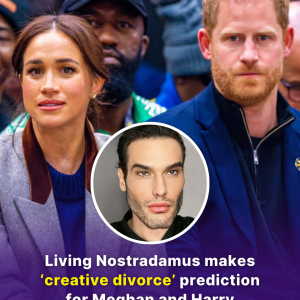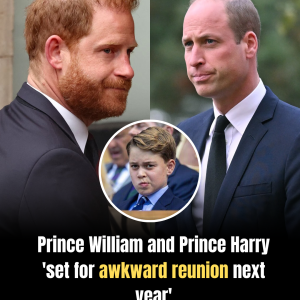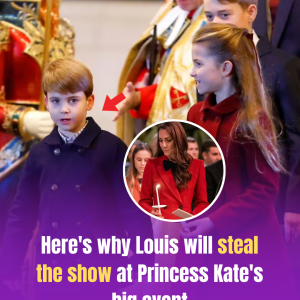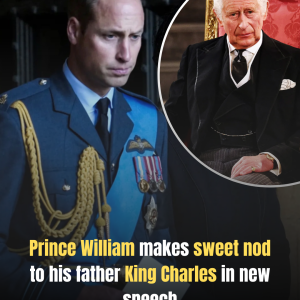As the UK gears up to celebrate the monarch’s official birthday this weekend, attention is turning not just to royal traditions — but also to the fascinating lesser-known titles that King Charles III carries.
Although King Charles was born on November 14, the ceremonial royal birthday traditionally takes place on the second Saturday of June. This longstanding custom ensures the celebration falls in fairer weather, a tradition dating back centuries.
This year, Trooping the Colour — the grand military parade marking the King’s official birthday — will once again transform the Mall into a scene of royal pageantry. With over 1,400 soldiers, 200 horses, and 400 musicians involved, it’s one of the most complex ceremonial events on the royal calendar.
However, this year brings a slight change: due to ongoing cancer treatment, King Charles will not ride on horseback as in previous parades. Instead, he’ll ride in a carriage beside Queen Camilla, adding a more reflective tone to the celebration.

But beyond the pomp and circumstance, there’s another side of King Charles that many royal watchers might have missed — a title that ties him to a very specific part of British history and land.
The Duke of Lancaster — A Title with Deep Roots
Earlier this week, during a visit to Lancaster Castle in northern England, the King took part in the Ceremony of the Keys — a local tradition that has endured for over 170 years, originating during Queen Victoria’s reign.
This event highlights one of the monarch’s historic titles: The Duke of Lancaster. Despite his status as King, Charles still carries this distinct title, which is tied to the Duchy of Lancaster, an estate that provides personal income to the sovereign.
It’s a role steeped in tradition and separate from his duties as head of state — and during Monday’s ceremony, the King was warmly greeted by locals, underscoring the personal connection he maintains with different regions of the UK.
More Than Just ‘King’ — The Many Titles of Charles III

While “King of the United Kingdom” is the most recognized title, it’s just one piece of a larger, ceremonial identity.
According to the House of Commons Library, King Charles is officially styled as:
“Charles the Third, by the Grace of God of the United Kingdom of Great Britain and Northern Ireland and of His other Realms and Territories, King, Head of the Commonwealth, Defender of the Faith.”
Certainly a formal mouthful — and yet, it reflects the full scope of his constitutional and symbolic roles across nations and cultures.
In addition, unofficial or regional titles also add to the King’s portfolio. On the Isle of Man, for example, he’s referred to as ‘Lord of Mann’, a title not recognized in parliamentary records but still used in local contexts.
One of the more whimsical titles? ‘Seigneur of the Swans’ — a centuries-old designation signifying the monarch’s ownership of unmarked mute swans on open waters throughout England.
A Monarch with Many Hats — And Many Titles

As celebrations unfold this weekend, fans of the royal family may be surprised to learn just how many symbolic roles King Charles embodies beyond the crown. From regional traditions like the Duke of Lancaster to quirky historical titles like Seigneur of the Swans, the monarchy continues to blend grandeur with deeply rooted heritage.
And as Charles rides in this year’s Trooping the Colour with quiet dignity, it’s not just his presence that matters — but the centuries of tradition carried silently in each of his lesser-known titles.




